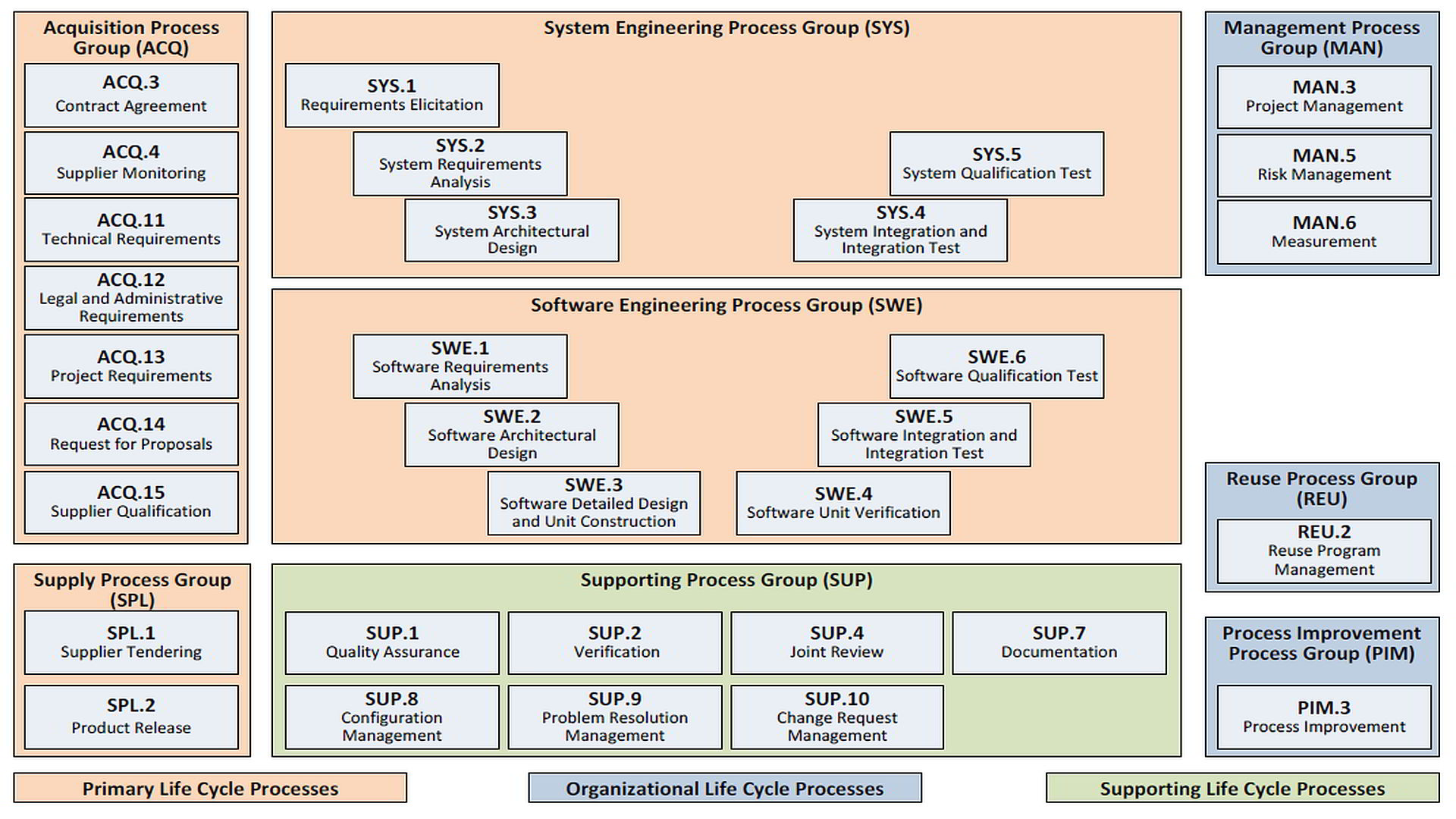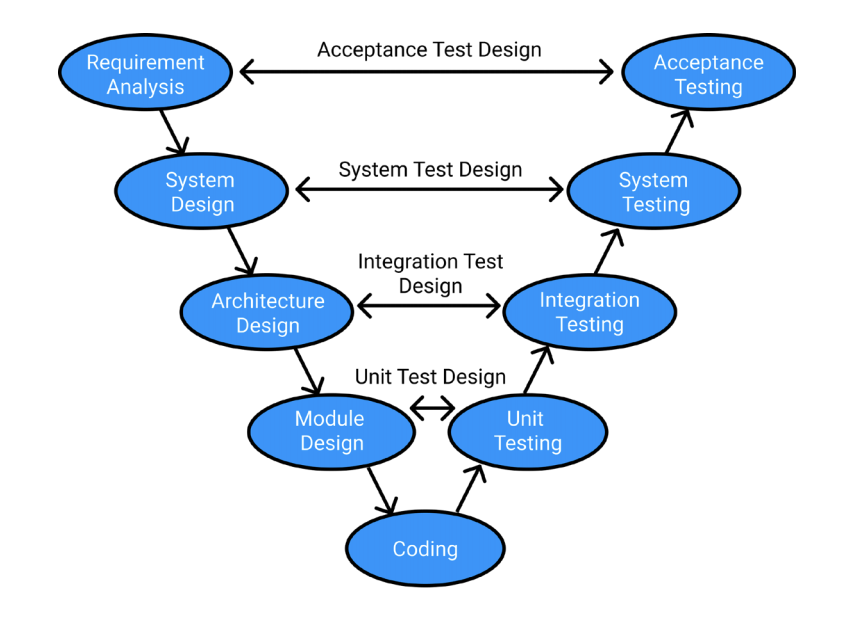Reference




OpenAI's Answer
The Process Assessment Model (PAM) in Automotive SPICE® serves several key purposes in the context of developing software and electronic systems for the automotive industry:
-
Evaluation and Improvement: The PAM is designed to evaluate the adherence to, and incorporation of, robust work processes in daily practices. It uses capability levels ranging from 0 to 5 to indicate how well a process is being achieved, where Level 0 indicates incomplete processes, and higher levels denote more accomplished objectives (UL Solutions).
-
Framework for Process Quality: It provides a systematic, structured way to assess and improve software development processes, ensuring that processes meet strict quality and performance standards. This framework is crucial in helping organizations achieve process excellence, improve quality assurance, and gain competitive advantages (Wikipedia).
-
Standardization: The PAM is based on ISO standards and allows organizations to measure process performance capability, ensuring that processes are standardized and fulfill conformance requirements (VDA).
-
Guidance for Improvement: It provides guidance for process improvement by examining processes based on actual evidence. This means assessors must use work products to prove that processes meet the requirements laid out in the Automotive SPICE standards (UL Solutions).
These purposes make the Automotive SPICE PAM an essential component for organizations focused on maintaining and enhancing the quality of their automotive software and electronic systems.
Follow Up
Related
pte
How does Automotive SPICE differ from other process assessment models?
What measures have been developed to assess cultural sensitivity in clinicians?
What methods are used to assess the quality of clinician-patient communication?
What does liquidity at risk consider when assessing a country's liquidity position?